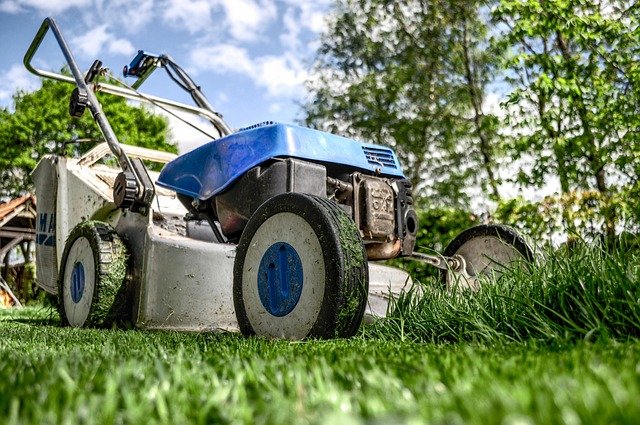Mosquito Yard Treatment: Reducing Mosquitoes in Garden and Yard
Mosquito yard treatment involves a mix of habitat reduction, targeted control, and ongoing maintenance to lower mosquito numbers around homes and outdoor spaces. This article explains practical steps for yards and gardens, how water and plants affect mosquito presence, and options for routine treatments. This article is for informational purposes only and should not be considered medical advice. Please consult a qualified healthcare professional for personalized guidance and treatment.

How do mosquito life cycles affect yard treatment?
Understanding mosquito biology helps prioritize actions in your yard. Most species lay eggs in or near standing water; larvae develop in water before emerging as adults. Treatments that target larvae — such as removing breeding sites or using biological larvicides — interrupt the life cycle before adult populations grow. Adult mosquitoes are active at dawn and dusk, so scheduling control measures around those times can be more effective. Regular inspection and maintenance reduce the need for heavy chemical applications.
What yard practices reduce mosquito habitat?
Several yard maintenance steps cut mosquito habitat without specialized products. Regularly empty containers, clean gutters, and level low spots in lawn where water pools after rain. Maintain proper drainage around patios and garden beds to prevent puddles. If you use birdbaths, small water features, or pet dishes, refresh water frequently or add aeration to discourage larval survival. Proper lawn care — mowing, trimming tall grass, and removing leaf litter — reduces shaded resting places for adult mosquitoes.
How can garden design and plants influence mosquito presence?
Plant choices and garden layout can help discourage mosquitoes but rarely eliminate them alone. Some plants like lavender, rosemary, and citronella are often cited for repellent properties; they may offer a mild deterrent in immediate proximity but are not a reliable standalone control. Avoid dense planting near patios where mosquitoes can rest. Consider pathways and seating areas with airflow; a breeze reduces mosquito activity. Use container plant management to prevent water accumulation in pots and saucers, and select plants that do not hold water in tight leaf axils.
How does standing water contribute, and what water-focused controls work?
Standing water is the single most important factor in yard mosquito populations. Even small volumes — gutters, clogged drains, tires, or plant saucers — can support larvae. Regularly inspect the yard after rain to find and drain stagnant pools. For water features that cannot be drained (ponds, ornamental pools), consider introducing mosquito-eating fish (where appropriate), applying approved biological larvicides like Bti (Bacillus thuringiensis israelensis), or installing circulation and aeration to disrupt larval development. Follow label instructions and local regulations when using treatments.
When should you consider professional mosquito yard treatment or local services?
If home measures are insufficient or the property has extensive or persistent mosquito problems, professional yard treatment services in your area can offer targeted approaches: barrier sprays for adult mosquitoes, larviciding for breeding sites, or integrated programs combining inspections and seasonal plans. Professionals can also advise on safe product selection around children, pets, and specific plants. Ask local services about their inspection process, treatment frequency, and environmental precautions. Seasonal timing matters; many programs focus on early spring and repeat across peak months to interrupt life cycles.
Mosquito control also intersects with health concerns where mosquitoes transmit viruses or parasites. In areas with documented disease risk, coordinated community-level control and public-health guidance may be recommended. Personal protection measures — screens, repellents registered for use, and appropriate clothing — remain important alongside yard-focused treatments.
Conclusion
Reducing mosquitoes in a yard or garden relies on consistent removal of standing water, thoughtful plant and space management, and targeted interventions when needed. Small, routine actions often yield meaningful reductions in mosquito numbers, while local professional services can provide supplemental control for persistent issues. Combining habitat reduction, water management, and informed use of treatments offers a balanced strategy for creating more comfortable outdoor spaces.






